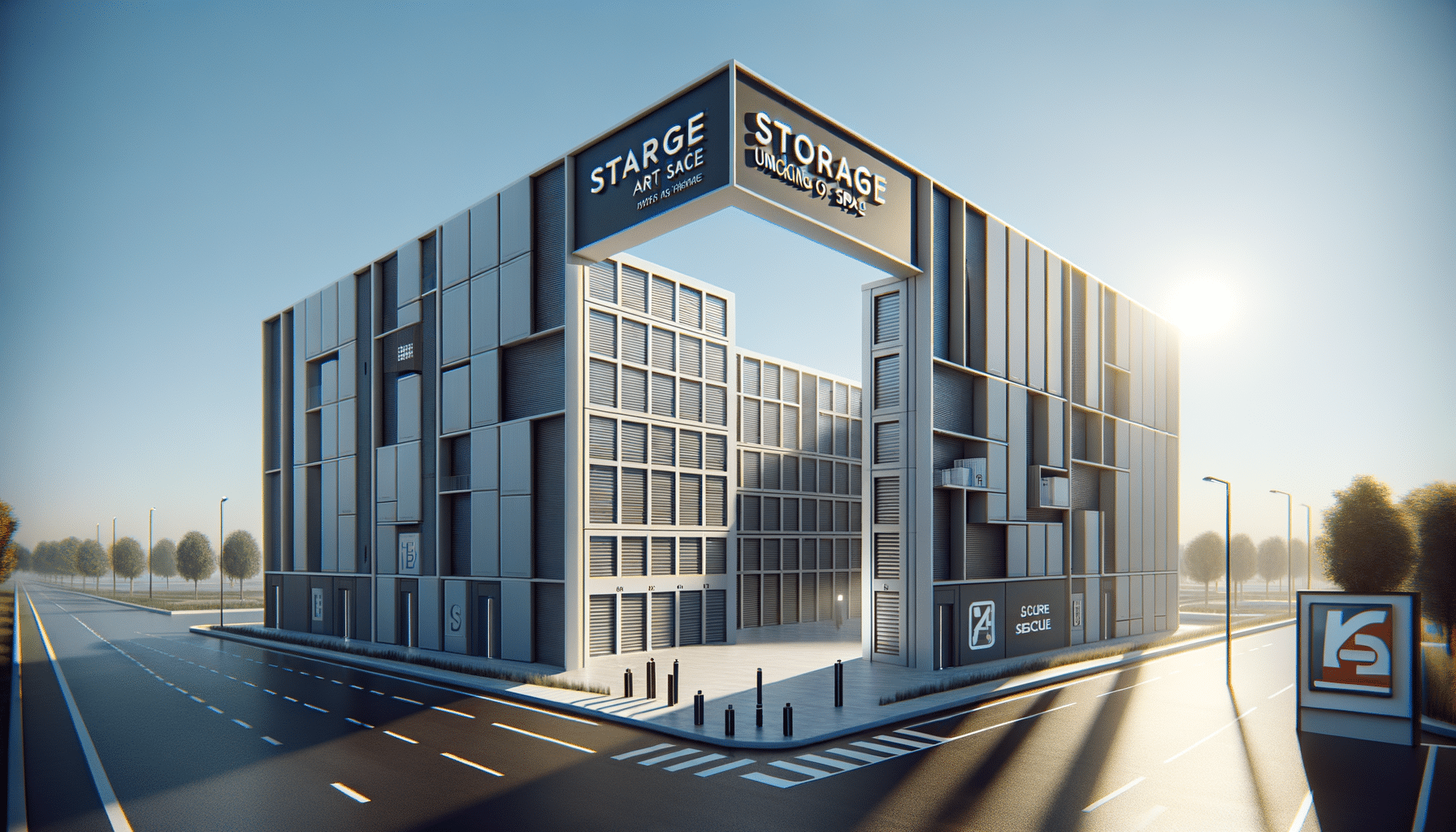
Unlocking Space: The Art and Science of Storage Buildings
Understanding the Purpose and Importance of Storage Buildings
Storage buildings have become an integral part of both residential and commercial landscapes. These structures serve a critical function in organizing and safeguarding belongings, ranging from personal items to business inventory. In an era where space is often at a premium, the ability to store goods efficiently is invaluable. Storage buildings come in various forms, including sheds, barns, and warehouses, each catering to specific needs and preferences.
For homeowners, storage buildings offer a practical solution for decluttering living spaces. They provide a designated area to keep seasonal items, gardening tools, or hobby equipment, ensuring that these items are easily accessible yet out of the way. On a commercial level, storage buildings are indispensable for businesses that require space to store products, raw materials, or equipment. This not only helps in maintaining an organized workflow but also in protecting valuable assets from environmental damage or theft.
Moreover, the rise of self-storage facilities has highlighted the growing demand for storage solutions. These facilities offer individuals and businesses the flexibility to rent space as needed, accommodating both short-term and long-term storage requirements. The importance of storage buildings is underscored by their ability to adapt to various needs, making them a versatile and essential component of modern life.
Types of Storage Buildings and Their Unique Features
Storage buildings come in a variety of types, each designed to meet specific storage needs. Understanding the unique features of these structures can help individuals and businesses make informed decisions about which option best suits their requirements.
1. **Sheds**: Often used in residential settings, sheds are smaller storage buildings that are ideal for storing gardening tools, bicycles, and outdoor equipment. They are typically made from wood, metal, or plastic and can be customized with shelves and hooks to optimize storage space.
2. **Barns**: Traditionally used in agricultural settings, barns are larger structures designed to house livestock, feed, and farm equipment. Modern barns can also be adapted for use as workshops or storage for large machinery.
3. **Warehouses**: These are large-scale storage buildings commonly used by businesses for storing inventory, raw materials, and finished products. Warehouses are often equipped with advanced features such as climate control, security systems, and loading docks to facilitate efficient storage and distribution.
4. **Self-Storage Units**: These are rented spaces within a larger facility that offer flexibility and convenience for personal and commercial use. Self-storage units come in various sizes and are often climate-controlled to protect sensitive items.
Each type of storage building offers distinct advantages, making it essential to consider factors such as size, location, and specific storage needs when choosing the right structure.
Materials and Construction Techniques for Storage Buildings
The construction of storage buildings involves a variety of materials and techniques, each contributing to the durability, functionality, and aesthetic appeal of the structure. The choice of materials and construction methods can significantly impact the performance and longevity of a storage building.
1. **Wood**: A popular choice for residential storage buildings, wood offers a natural and aesthetically pleasing appearance. Wooden storage buildings are often easy to customize and can be treated to resist pests and weather damage.
2. **Metal**: Known for its strength and durability, metal is commonly used in commercial storage buildings such as warehouses. Metal structures are resistant to fire, pests, and harsh weather conditions, making them a reliable option for long-term storage.
3. **Plastic**: Lightweight and low-maintenance, plastic is often used for smaller storage buildings like sheds. Plastic structures are resistant to rust and decay, making them suitable for outdoor use.
4. **Concrete**: Often used in the construction of large warehouses, concrete provides excellent insulation and security. Concrete storage buildings are highly durable and can withstand extreme weather conditions.
Construction techniques for storage buildings vary based on the chosen materials. Prefabricated kits offer a convenient solution for quick assembly, while custom-built structures provide the flexibility to incorporate specific design elements and features.
Design Considerations for Efficient Storage Buildings
Designing an efficient storage building involves careful consideration of various factors to ensure optimal functionality and ease of use. Key design considerations include layout, accessibility, security, and environmental impact.
1. **Layout**: The internal layout of a storage building should be planned to maximize space utilization. This can be achieved through the use of shelving, racks, and compartments that allow for organized storage and easy retrieval of items.
2. **Accessibility**: Ensuring that the storage building is easily accessible is crucial for efficient use. This includes considering the placement of doors, windows, and pathways to facilitate movement and loading/unloading of items.
3. **Security**: Protecting stored items from theft or damage is a top priority. This can be addressed through the installation of security features such as locks, surveillance cameras, and alarm systems.
4. **Environmental Impact**: Incorporating sustainable design elements can enhance the environmental performance of a storage building. This may include the use of eco-friendly materials, energy-efficient lighting, and rainwater harvesting systems.
By addressing these design considerations, individuals and businesses can create storage buildings that are not only functional but also contribute to a sustainable and secure storage solution.
The Future of Storage Buildings: Innovations and Trends
The storage building industry is continually evolving, driven by technological advancements and changing consumer needs. Innovations and emerging trends are shaping the future of storage buildings, offering new possibilities for efficiency and functionality.
1. **Smart Storage Solutions**: The integration of smart technology is transforming storage buildings into intelligent spaces. Features such as automated climate control, remote monitoring, and inventory management systems enhance convenience and efficiency.
2. **Sustainable Practices**: As environmental concerns grow, there is an increasing focus on sustainable building practices. This includes the use of recycled materials, renewable energy sources, and green building certifications.
3. **Modular Construction**: Modular storage buildings offer flexibility and scalability, allowing for easy expansion and customization. This approach reduces construction time and minimizes waste.
4. **Multi-Functional Spaces**: Storage buildings are being designed to serve multiple purposes, such as combining storage with office space or recreational areas. This trend reflects the growing demand for versatile and adaptable structures.
As these innovations and trends continue to develop, storage buildings will become more efficient, sustainable, and versatile, meeting the diverse needs of individuals and businesses alike.

